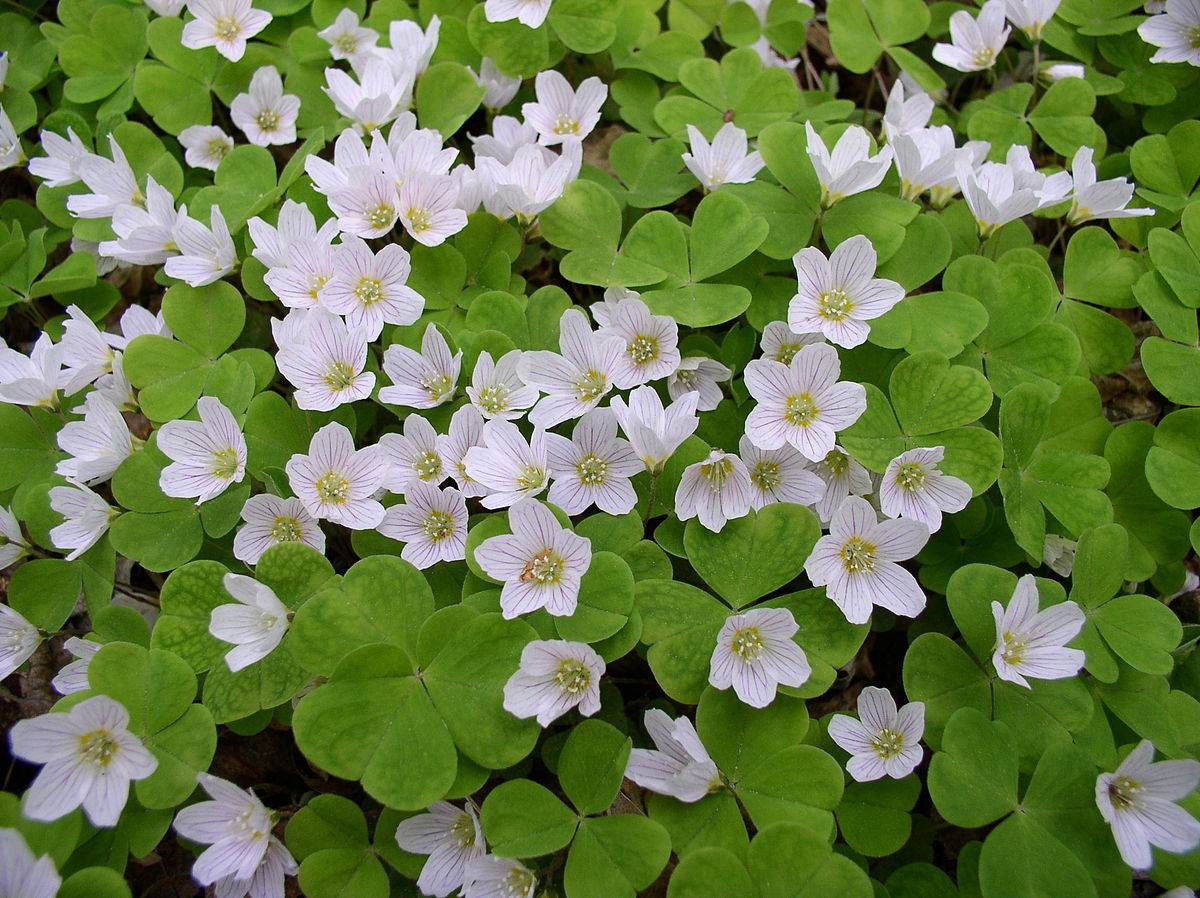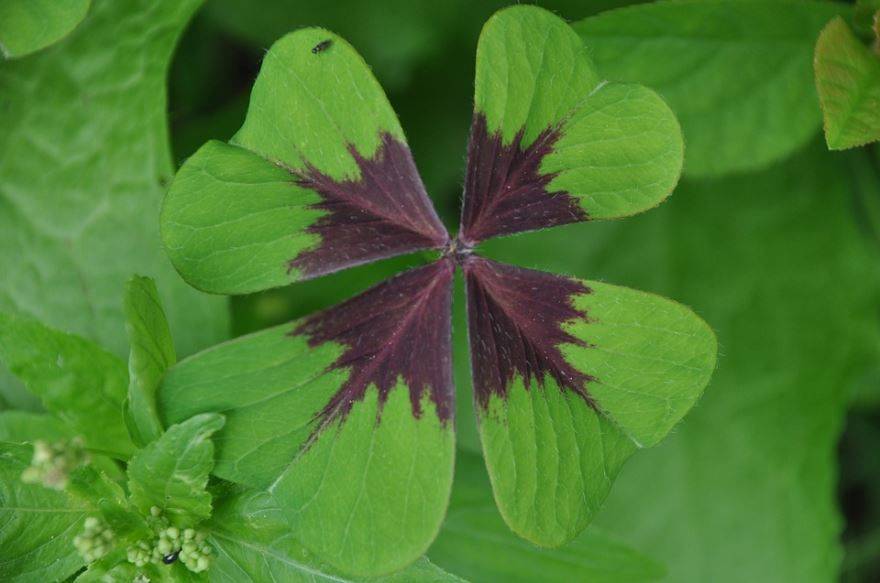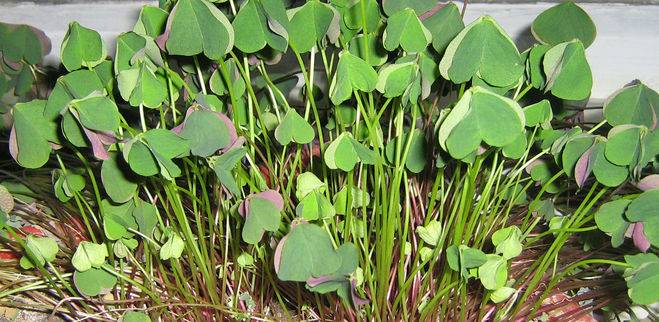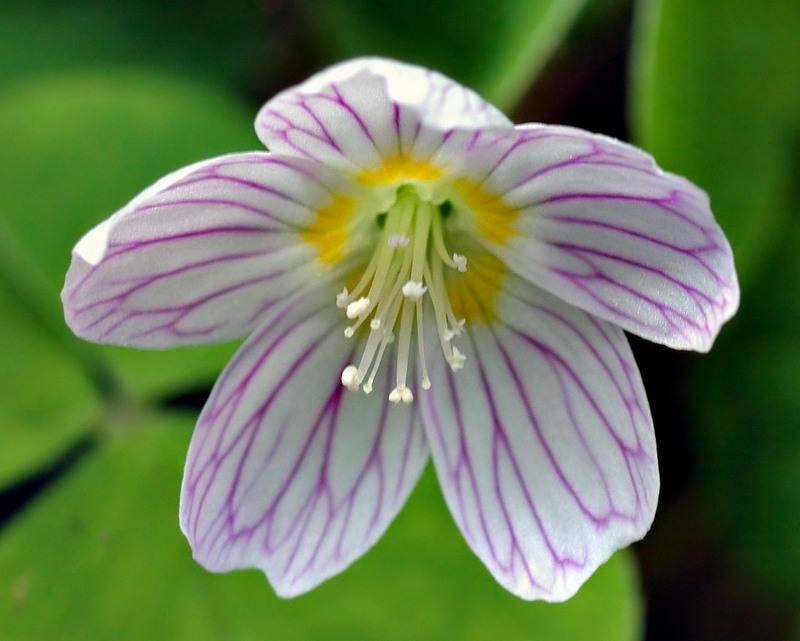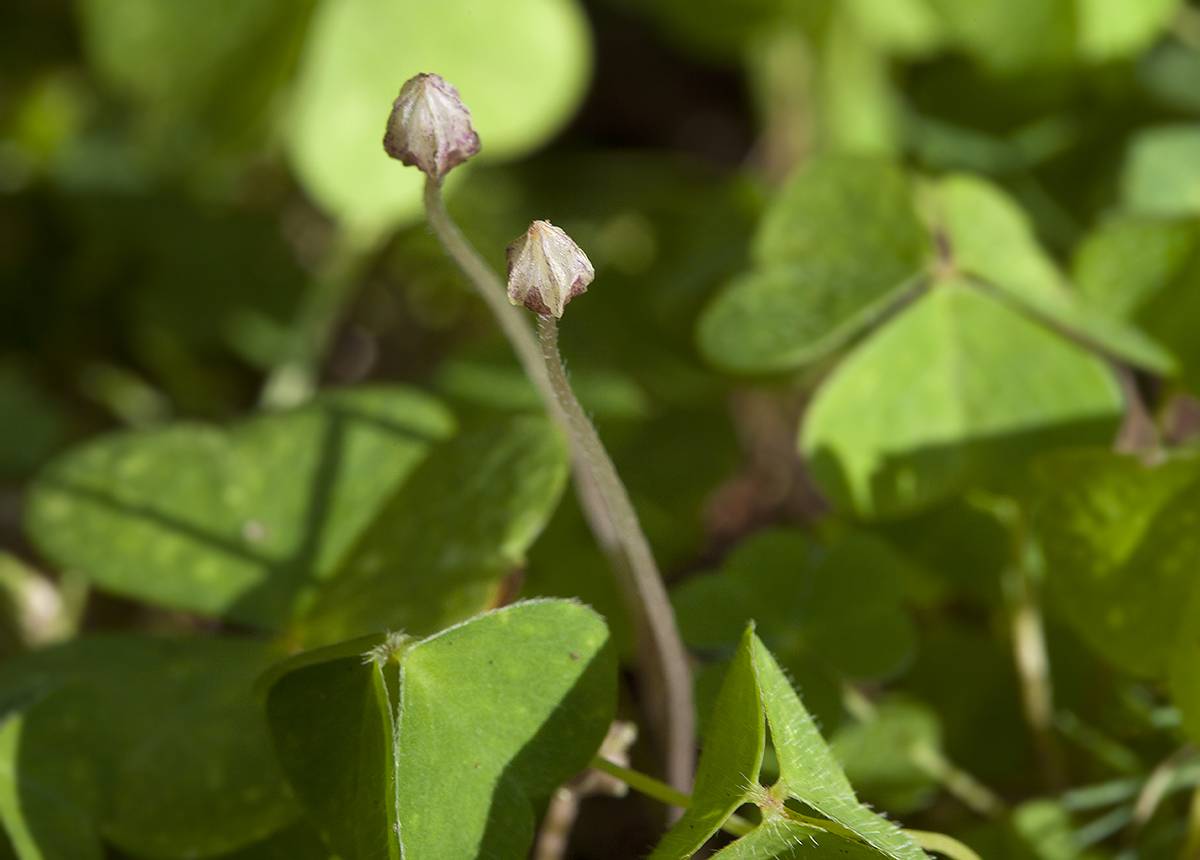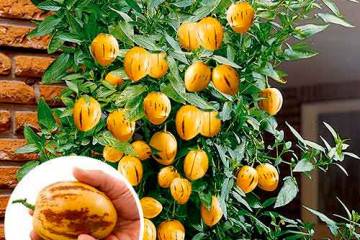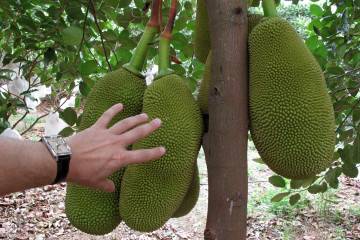Oxalis ordinary - what is it, where hare cabbage grows
Content:
Oxalis vulgaris is a perennial herb with a long creeping rhizome, whose name in Latin is Óxalis acetosélla. The distribution area of oxalis is quite wide. This is practically the entire territory of Russia, Europe, the Caucasus, Turkey, Mongolia, China. In most cases, the plant can be found in spruce forests.
What is oxalis ordinary
Oxalis appears in forests in early spring. Popular names of the plant are hare cabbage, cuckoo clover, borshchivka and even a flower of happiness. The name oxalis is quite justified, since the leaves taste pleasant, sourish. Children especially like hare cabbage. They love walks in the woods and enjoy the taste of delicate, soft, unusual leaves.
But not only people enjoy the taste of the plant. Hare cabbage is not so named by chance. Hares also love to feast on fresh and tasty grass, which is one of the first to appear in the forest. You don't need to look for it for a long time, it sometimes takes up huge areas. Especially many places where oxalis grows are in the taiga.
Despite the fact that the cuckoo clover grows in continuous and in Russian forests, it is especially abundant in the tropics and subtropics. The number of species of wild acid in these areas reaches 800. Among others, there are such varieties in which the root system is not fibrous, but tuberous or pivotal. In the forest in the place where oxalis grows, other herbaceous plants are often not present.
Description of hare cabbage
These two varieties of common sour cherry differ only in habitat, in all other characteristics they are similar. Field oxalis is a grass that grows mostly in meadows, and forest, accordingly, is located in the forest. Most often these are spruce forests, but sometimes you can find it in pine forests.
Oxalis leaves
The oxalis plant has small trifoliate heart-shaped leaves. They are located on petioles from 5 to 15 cm long. There is an external resemblance to clover, which is why in Germany it is called "sour clover". Some varieties are characterized by 4 and even 5-tidol leaves. Their color is pale green with maroon blotches in the center. Their taste is sour due to the presence of oxalic acid. They contain many useful substances, in particular vitamin C. They are useful both for fresh consumption and for cooking, one of the ingredients in which is common sorrel.
Before rain and bad weather, the leaves of the plant fold. This also happens in the dark. This process can also be carried out mechanically, by lightly tapping on them, especially in spring. After a few minutes, the desired result will be achieved.
Flowering plant
The description of the flowers of the sorrel common deserves special attention:
- flowering period occurs in the second half of April - mid-May;
- each young flower of a pinkish hue (there is also oxalis with yellow flowers) is goblet. It is located on a thin, short stalk. The petals of fully blossoming flowers are white;
- each glass consists of 5 thin petals with lilac veins, inside there are 5 small stamens with a tiny pistil in the middle;
- on the pistil there are 5 columns with stigmas at the ends and an ovary, where fruits will begin to form.
Sour fruit
Oxalis herb forms fruits and seeds of small size, which are very difficult to notice unless you look closely. The fruits are small, spherical and green. They are located on the same stem where the flower was previously.
Despite the fact that it is problematic to notice the fruit, it has a rather interesting property. From any touch, it instantly "explodes". To test this in practice, you first need to find the fruits themselves. Having felt several ripe brown boxes in a row, you can stumble upon one in which there is still a seed. When you click on it, a mini-explosion will occur, and the seed will jump out of the box. This method of discarding seeds is extremely rare in the plant world.
If you consider the whole process, you can understand that the fetus has nothing to do with this explosion. All power lies directly in the seeds. They have a mechanism inside them, the action of which resembles a spring, it works at any touch. The sorrel box throws out a few red-colored seeds. They have excellent germination and give rise to a new generation. First, two cotyledons hatch, and after a pair of leaves, identical to those on an adult plant.
Useful properties and use of common acid sour
The leaves of the plant are beneficial. They contain:
- vitamin C;
- rutin;
- oxalic and succinic acids;
- carotene;
- organic acids;
- calcium.
Since ancient times, oxalis has been considered a plant with healing and medicinal properties. The flowers and leaves of hare cabbage were used in the fight against scurvy, to heal open wounds and ulcers, it was considered an antidote for poisoning with heavy metals (for example, mercury). And to this day, it is used by the people as a means of increasing immunity, helping to fight colds and viral diseases, as a choleretic, wound healing, diuretic and a remedy for worms. These are not all the problems that oxalis can deal with, there are others:
- acceleration of metabolism;
- an increase in the level of acidity of gastric juice;
- dyspepsia;
- problems with appetite;
- bad breath;
- heartburn;
- vomiting.
For medicinal purposes, the leaves, stems and flowers of the plant are used. It is best to collect them from May to June, since during this period the most useful substances accumulate in the acid. They are stored not only fresh, but also dry. The aerial parts of the plant are dried in a special dryer at a temperature not exceeding 40 ° C. Store them in containers made of natural breathable materials (for example, wood or cardboard) in a dry, shaded place. Shelf life is 12 months.
Juice is made from fresh leaves of hare cabbage, which promotes the removal of heavy metals from the body and fights against tumors. The same drink will help restore the correct metabolism, correct digestive problems, and help with diarrhea. It is used as a mouthwash to eliminate bacteria and bad odor. Fresh sour juice is a good antiseptic, it is a storehouse of vitamin C, helps people suffering from anorexia.
Kislitsa is an herb that is used not only fresh, but also for preparing broths, they can be used at any time of the year, including in winter. For example, a decoction in milk helps with colds, a decoction in water is an additional help for tuberculosis, inflamed lymph nodes, and stomach cancer. It acts as a prevention of such a problem as atherosclerosis. Such a decoction gently removes worms from the body, it can be used not only by adults, but also by children.
To prepare a water decoction, you will need:
- 2 teaspoons of dried sour cherry;
- 1 glass of water.
Cooking method:
- Cover the grass with water, place on the stove and bring to a boil.
- Leave at room temperature to cool.
- Strain through cheesecloth / sieve, add water until the original volume is obtained.
- Take 0.5 cups with meals 3 times a day.
It is not recommended to use these remedies for too long, since cuckoo clover has too strong an effect on the kidneys. Before taking it, you should consult with a specialist.
The most common types of hare cabbage
The name hare cabbage includes many types. The most common are the following:
- stonecrop (common oxalis) is the most common species that grows in a variety of natural conditions, found even in Japan. In different regions, it can be called differently, for example, sedum purple and squeaky. The height of the bush is 80 cm, the stems are fleshy, erect, light in color, the inflorescence is multi-flowered in lilac and burgundy shades;
- wood oxalis, which many are trying to domesticate. In flower beds, it will develop and bloom as well, but winter hardiness will decrease;
- stonecrop caustic. Its height reaches a maximum of 10 cm, the leaves are small, light green diamond-shaped, the inflorescences are yellow;
- stonecrop is widespread in Kamchatka, hence the name. Its height is up to 25 cm, leaves and stems are green fleshy. The shape of the leaves is oval.
Decorative use
Since there are a lot of oxalis species, it is actively used for decorative purposes. This is not surprising, since it spreads quickly, covers the soil with a bright carpet, weeds do not break through it. This plant is not picky, winter-hardy, ideally complements many projects of landscape designers. Oxalis can be used even in the design of alpine slides or rockeries. The main thing is to distinguish ornamental varieties of acid sour from rapidly growing weeds and to determine what purpose is necessary in each particular case.
Cultivation and reproduction
Growing and caring for oxalis is incredibly easy. He does not need any additional conditions, he is absolutely unpretentious.It is also one of the few plants that can grow in the shade. This is natural, given the conditions of its natural growth. The easiest way to propagate acid is with the help of seeds (natural reproduction takes place in this way), options for dividing the rhizome, reproduction by tubers and cuttings are possible. In the latter case, you will need several cuttings at the same time.
Oxalis ordinary is an amazing plant, gentle and sweet. Oxalis looks like a real bright carpet with delicate flowers, both in the wild and in landscape design. The uniqueness of hare cabbage is also in the fact that it has a huge number of useful properties, it is a storehouse of vitamins. And what other plant can be compared to sour in terms of unpretentiousness, ease of care and maintenance? The oxalis plant, both in the forest and in landscape design, delights and amazes.
